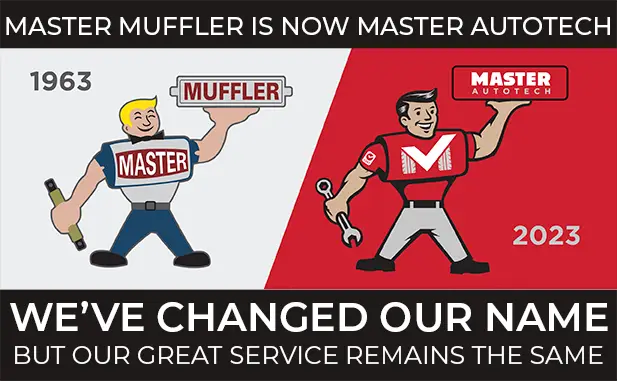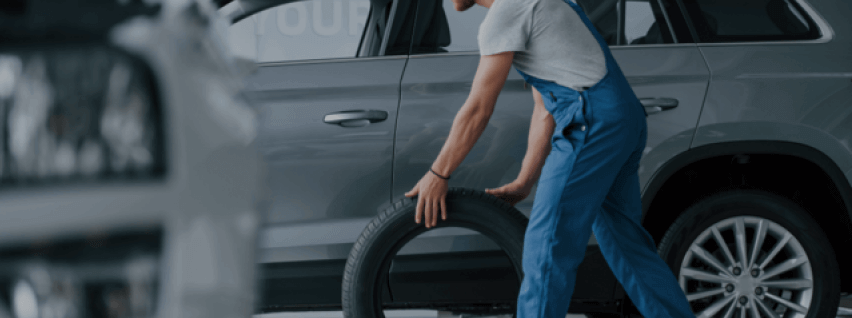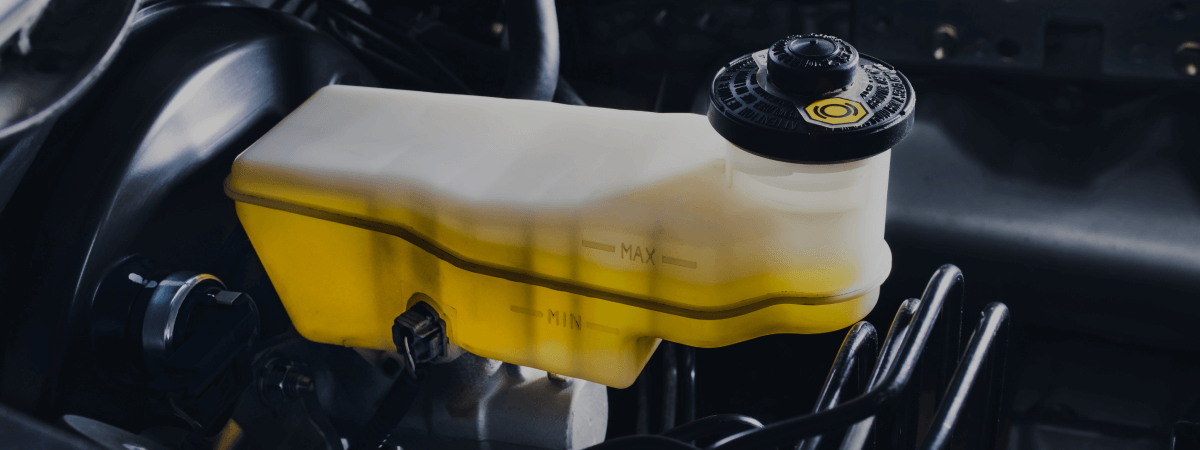
With the coming of summer means a whole new set of driving conditions and concerns for your car. It’s always a great idea to have your car thoroughly inspected at the start of any new season, but here are some of the main things you should inspect on your car before the summer months hit.
Cooling system
Checking the cooling system of your car will involve looking at a few different areas under the hood. First, the radiator—it should be in top shape, free of clogs and debris build-up. Then there are the belts and hoses, water pump, and cooling fans. Coolant levels should also be high enough to ensure that your cooling system runs seamlessly. Because of how comprehensive a cooling system inspection can be, this is best left to your mechanic.
Air conditioning system
Summer driving will be highly uncomfortable for you if your car’s air conditioning isn’t working properly. When inspecting your car’s air conditioning system, be sure that it is putting out the cold air that it usually puts out; otherwise, there might be a shortage of freon in your car’s system. Also be sure that you aren’t hearing or seeing your compressor turn on and off—another sign that your air conditioning system needs to be serviced.
Oil
Because oil is essentially the lifeblood of your car, you can never check your oil too often. When checking your oil dipstick, inspect the level to make sure it is high enough, as well as the quality to make sure that it isn’t cloudy or gritty in texture. Oil that looks dirty needs to be changed to lubricate your engine effectively, and oil needs to be added to your oil reserve when levels are too low.
Windshield Wipers
It’s likely that your windshield wipers have seen quite a bit of use over the past few months, between the snowstorms of winter and the rain showers of spring. Be sure to replace your windshield wipers if needed so that they can handle the harsh weather that summer could have in store.
Tires
Because air pressure changes with temperature, it’s important to check your tire pressure at least once per month and to keep it within the standards recommended by your car’s owner’s manual. Moreover, your tires must have ample tread depth in order to run effectively—typically at least more than 2/32”. One easy way to check your tire’s tread depth is to stick a penny into your tire’s tread so that Lincoln’s head is facing downward; if his head is always at least partially covered by the tread, then your tire tread is deep enough. Tires without ample tread should be changed immediately.
Undercarriage
For those in climates that face winter weather, it’s highly important to clean the undercarriage of a car of any caked-on salt to prevent it from eating away at the metal and from causing your engine to run hotter. This is something you can do at home with a hose or pressure washer, or there are many professional car washes that offer this service.
Related Posts
Key Takeaways On average, passenger vehicle tires last 40,000 to 60,000 miles, depending on type, driving habits, and maintenance. Replace tires when tread depth reaches 2/32”, if damaged, or older than 10 years. Regular rotation, alignment, and proper inflation extend tire life. Aggressive driving, poor roads, and harsh weather shorten tire lifespan. Take advantage [...]
When you think about car maintenance, you probably focus on oil changes, tire rotations, and maybe even brake pad replacement. But what about your brake fluid? If you’ve ever wondered, “What does brake fluid do?” or “Why is brake fluid important?”, you’re not alone. Brake fluid might not be the most talked-about part of [...]
Is that high-pitched squeal from your brakes driving you—and everyone else—crazy? Don’t ignore it. Squeaky brakes aren’t just annoying, they’re your car’s way of saying something needs attention. Whether you're cruising through Salt Lake City or winding up Idaho’s mountain passes, here’s what’s likely going on, how you can fix it, and when it [...]





